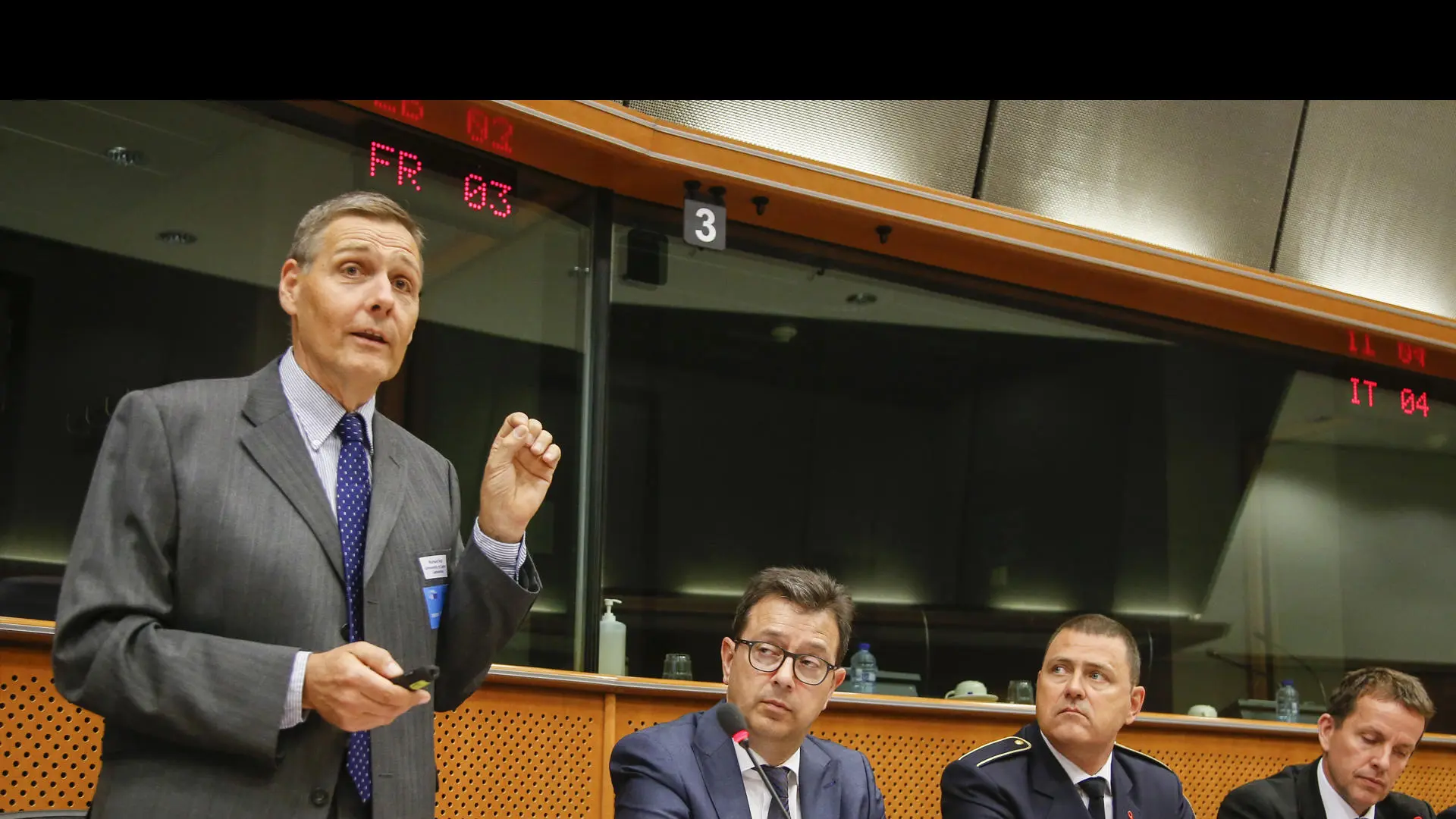Most fire deaths and fire injuries result from the inhalation of toxic smoke. However, outside the mass transport industries, smoke toxicity is completely unregulated, allowing furniture and building products to be sold which produce lethal quantities of toxic smoke when they burn.
In 2015 Professor Richard Hull addressed a meeting on smoke toxicity in the European Parliament. This led to a feasibility study by the European Commission on regulating smoke toxicity. Professor Hull was the only academic on the project’s steering committee.
Immediately after the Grenfell Tower fire, the UK media quoted widely from a study published in 2011 by Professor Hull and Professor Anna Stec which showed how smoke from burning insulation was highly toxic. This alerted politicians, regulators and the Grenfell Tower Inquiry to the dangers of toxic smoke. It led to UK government and the European Commission projects to see how smoke toxicity could be regulated, and for the Grenfell Inquiry to appoint experts to investigate the role of smoke toxicity in the disaster. The high-profile media activity around the Grenfell Tower fire was followed by invitations to present the research to the UK’s All-Party Parliamentary Group, the Parliamentary and Scientific Committee, at the Houses of Parliament.
Professor Hull’s work with the media after the Grenfell tragedy highlighted the role of toxic smoke from combustible insulation in the disaster. Several survivors were treated for poisoning by hydrogen cyanide, which the 2011 study showed was released in large quantities when burning PIR insulation. This led to a general recognition that smoke toxicity, rather than burns, caused much of the tragic loss of life. This research has led to a major review of building fire safety and a £603 000 government study on regulating the smoke toxicity of construction products. Professor Hull is a member of the project steering committee.
Academic expertise
Header image: Prof Hull speaking at the European Parliament ©babylonia-brussels.eu

